Flies in the family Sarcophagidae (from the Greek σάρκο sarco- = flesh, φάγε phage = eating; the same roots as the word "sarcophagus") are commonly known as flesh flies. They differ from most flies in that they are ovoviviparous, opportunistically depositing hatched or hatching maggots instead of eggs on carrion, dung, decaying material, or open wounds of mammals, hence their common name. Some flesh fly larvae are internal parasites of other insects such as Orthoptera, and some, in particular the Miltogramminae, are kleptoparasites of solitary Hymenoptera.
Flesh flies are grey and black with three black stripes on the back. They are about as long and resemble large houseflies. As suggested by their name, they strongly prefer to breed in animal flesh. Unlike the other flies mentioned, flesh flies do not lay eggs, but small maggots. Flesh flies, like blowflies, will infest fresh meat, cooked or uncooked.
Life Cycle:
The life cycle of flesh-fly larvae has been well researched and is very predictable. Different species prefer bodies in different states of decomposition, and the specific preferences and predictable life cycle timings allows forensic entomologists to understand the progress of decomposition and enables the calculation of the time of death by back extrapolation.
Disease:
Flesh flies can carry leprosy bacilli and can transmit intestinal pseudomyiasis to people who eat the flesh-fly larvae. Flesh-flies, particularly Wohlfahrtia magnifica, can also cause myiasis in animals, mostly to sheep, and can give them blood poisoning, or asymptomatic leprosy infections.
Flies Management & Control
Mechanical Control:
|
For Indoor Areas Fly insects’ killer to be fixed in indoor areas in strategically locations. |
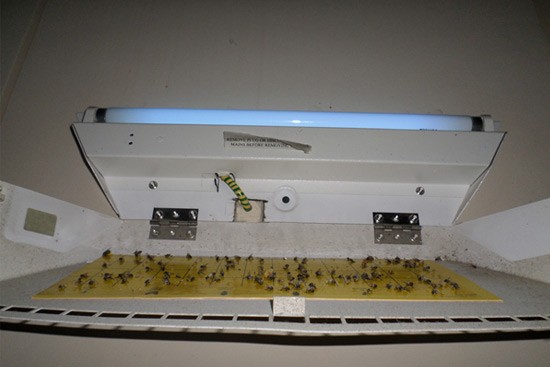 |
|
For Outdoor Areas: Mechanical fly control we usually use ECO-FRIENDLY fly traps (Jar) with special attractant diluted with water to be fixed in open area on trees with maximum height of 5 feet and away 15 meters from people activities and ideal to be used around horse stables. |
|
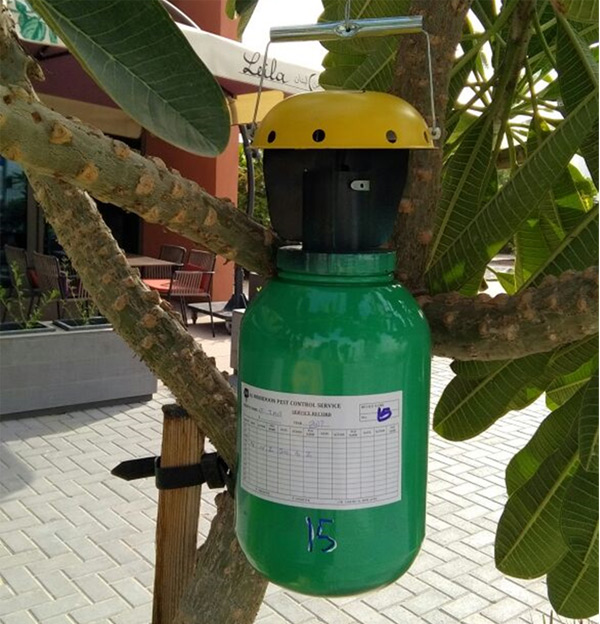 |
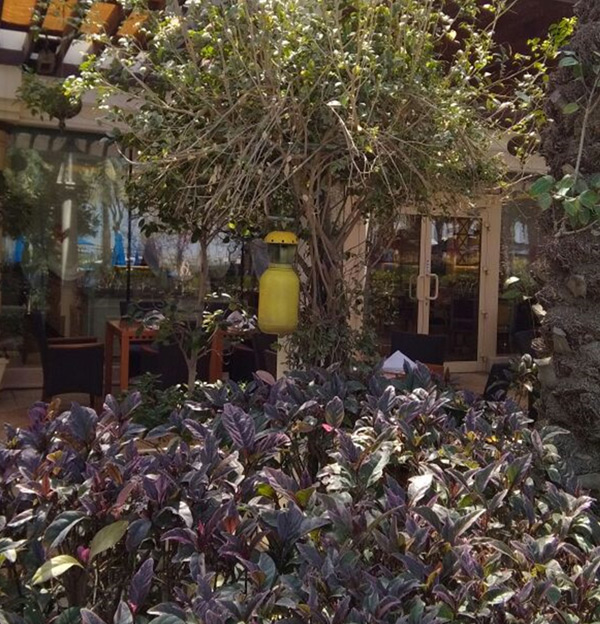 |
| Chemical Control | ||
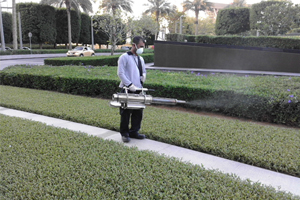 ULTRA LOW VOLUME (ULV) ULTRA LOW VOLUME (ULV) |
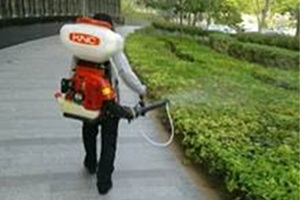 ULTRA LOW VOLUME (ULV) ULTRA LOW VOLUME (ULV) |
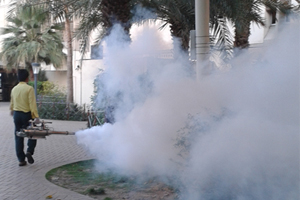 THERMAL FOG THERMAL FOG |
Resting Areas:
To be handled by using insecticide paste formulation.
Breeding Sites:
To be handled by using IGR products, to insure the effectiveness of the control measures.
Preventive measures:
- Provide Separate trolley bin for food waste and others.
- Remove on daily basis all food waste from trolley bin.
- Make the trolley bin on site is always clean in the bottom form the organic matters.
- All food waste should keep in plastic bags tied.
- Make sure the trolley bin is not leak to avoid the organic matter spread in the ground.
- Always clean underneath the trolley bin to avoid any organic matter.
- Make to use correct fertilizer (odorless) that not attract or make habitat for fly breeding.

